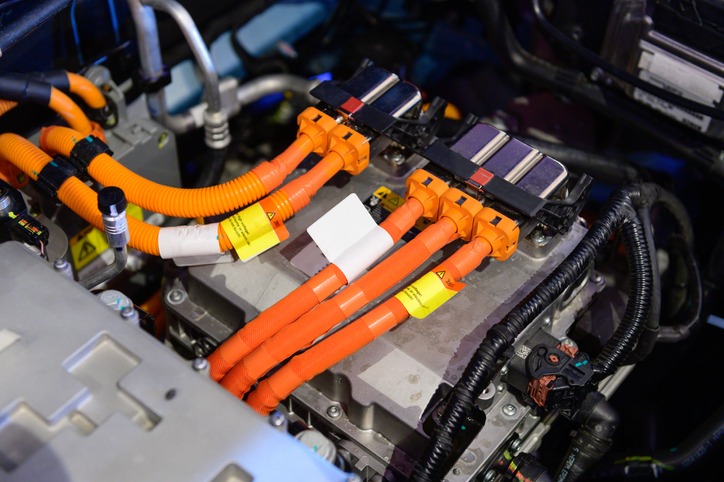BEVs are safe, but technician and first-responder training is needed
18 June 2021

Battery-electric vehicles (BEVs) are as safe as their internal-combustion engine (ICE) counterparts. This is the finding of studies and tests by numerous accident researchers and insurance companies commissioned by Skoda.
As the automotive industry transitions to an electric future, questions are likely to be asked of many aspects that consumers take for granted in ICE vehicles. The new technology presents several different variables to which the market will need to adapt.
One such area is the high-voltage systems within a BEV. However, the studies highlighted that thanks to many protective features, electrical components do not pose a risk of electric shock, whether stationary or driving, during charging or in an accident.
The fire risk is also no higher in BEVs than in models with traditional combustion engines, especially since there is no flammable fuel on board. In addition, service and rescue personnel receive specific training to handle modern electric vehicles.
Built to be safe
Sophisticated safety technology, with circuit breakers and extensive sensors, guarantees safety in BEVs. All electrical components are fully protected so that there is no risk of electric shock, even in a car wash, in floods or when charging in the rain, Skoda states. For example, the charging process is only initiated once the automatic system check has detected a safe connection between the vehicle and the charging station. Should a fault be seen, the flow of electricity to the battery is instantly stopped.
Experts also consider the spontaneous ignition of an intact lithium-ion battery, or the explosion of a burning electric vehicle, practically impossible from a technical point of view.
The study was commissioned as Skoda prepared to launch its Enyaq iV BEV. The carmaker also pointed out that the drive-battery in the model is located in the underbody. Here, it is protected from deformation.
The high-voltage system onboard does not pose any increased risk in the event of an accident. The electrical components are automatically disconnected from the battery within milliseconds of a collision. The driver, passengers, other people involved in the accident, and rescue workers are protected from electric shocks.
Further training
While BEVs may be safe for the consumer, there are concerns for those handling the vehicles in other situations. Skoda’s statement also comes with a call to action for rescue services to receive more training in handling BEVs should an accident occur. A BEV fire is different from one in an ICE model, especially as a battery fire can sometimes be delayed or reignited.
Therefore, fire services will need to think about using different equipment when attending vehicle accidents. Thermal imaging cameras, for example, will help rescuers check the condition of the high-voltage storage system and allow them to cool it if necessary.
Yet, there is also a need for maintenance and repair professionals to ensure they are trained when it comes to electrical systems. Many of the components in BEVs are fed by the high-voltage system, and should this not be treated with care, a shock could occur, leading to injury or possibly even a fatality.
The entire automotive market needs to be aware and trained when it comes to BEVs. However, evidence suggests this is not happening at a quick enough pace. The UK-based Institute of the Motor Industry (IMI) recently highlighted that at the end of 2020, just 6.5% of the country’s automotive sector was ready to work with electrically-chargeable vehicles (EVs). This is just a 1.5% increase on previous IMI analysis of the workforce. As the UK is banning the sale of ICE vehicles in 2030, the body believes more needs to be done to train the workforce.
‘Manufacturers and their franchise networks are certainly leading the way in giving customers more support and information as well as upskilling their workforces,’ said Steve Nash, CEO of the IMI. ‘The recent House of Commons Public Accounts Committee report into the transition to zero-emission vehicles highlighted the need to train and retrain the workforce required to service the new-car fleet.
‘The lack of thought given to the training needs of the swathe of businesses and individuals in the automotive ecosystem – from the distribution chain of car dealers to service & repair and even accident recovery – could severely hamper the government’s ambitions. If the new parc of electric vehicles cannot be serviced and repaired safely, consumer confidence could be severely undermined. The ramp-up plan for all those who are likely to work on electric vehicles – from service and repair technicians to those working in the roadside-recovery and blue-light sectors – now must be addressed as a matter of urgency.’